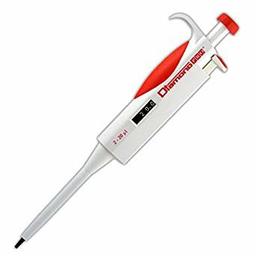
Intro Medical Lab Science
Quiz by Wayne Aguiar
Feel free to use or edit a copy
includes Teacher and Student dashboards
Measure skillsfrom any curriculum
Measure skills
from any curriculum
Tag the questions with any skills you have. Your dashboard will track each student's mastery of each skill.
With a free account, teachers can
- edit the questions
- save a copy for later
- start a class game
- automatically assign follow-up activities based on students’ scores
- assign as homework
- share a link with colleagues
- print as a bubble sheet
31 questions
Show answers
- Q1true positives / (true positives + false negatives)Sensitivity=30s
- Q2true negatives / (true negatives + false positives)Positive predictive valueNegative predictive valueSensitivitySpecificity =30s
- Q3Sensitivityonly true postivesconfirmatory testsupplemental testCan the test find the abnormality30s
- Q4Specificitysame as sensitivitysame as NPVsame as PPVSpecificity is the ability to exclude persons who do not have the disease.30s
- Q5have high sensitivity, to detect as many people as possible with the disease.supplemental tests have thisthe best screening test mustmainly confirmatoryboth screening and confirmatory require this30s
- Q6with high specificity to ensure that a positive test detected with screening is a true positive.supplemental and screeningscreeningNPV tests onlya confirmatory test30s
- Q7True positives / True positives + False positivesspecificitysensitivityNegative predictive valuePositive Predictive Value =30s
- Q8How likely is a positive test to indicate that the person has the disease?The negative predictive value tells you how often a positive test represents a true positive.The positive predictive value tells you how often a positive test represents a true positive.specificitysensitivity30s
- Q9True negatives / True negatives + False negativesspecificityNegative Predictive Value =positive predictive valuesensitivity30s
- Q10How likely is a negative test to indicate that the disease is not present in the person?sensitivityThe negative predictive value tells you how often a negative test represents a true negative.The positive predictive value tells you how often a negative test represents a true negative.specificity30s
- Q11The laboratory sets "normal" ranges for laboratory tests based upon population studies. The farther out of range the test result is, the more likely that the result reflects real diseaseReference Intervals and their use in interpreting laboratory values30s
- Q122 standard deviations of the mean, which includes 95% of all results. The standard deviation is just a measure of dispersion."Normal" is usually defined as those test values that fall within30s
- Q13This is sometimes called the "95% confidence limits".1 std dev from the mean4 std dev from the mean3 std dev from the mean2 std from the mean30s
- Q14There is a 1 in 20 chance that an "abnormal" test may really be normal. For every 100 tests ordered, the statistical probability is that95 will fall outside of the range1 will fall outside of a normal rangenone will fall outside of the range5 will fall outside of a normal range30s
- Q15standard deviation (SD) divided by the mean and multiplied by 100The coefficient of variation (CV) is calculated as the .... CV indicates variability of the test results. This depends upon the test methodology, the instrument being used, and the range of results.30s